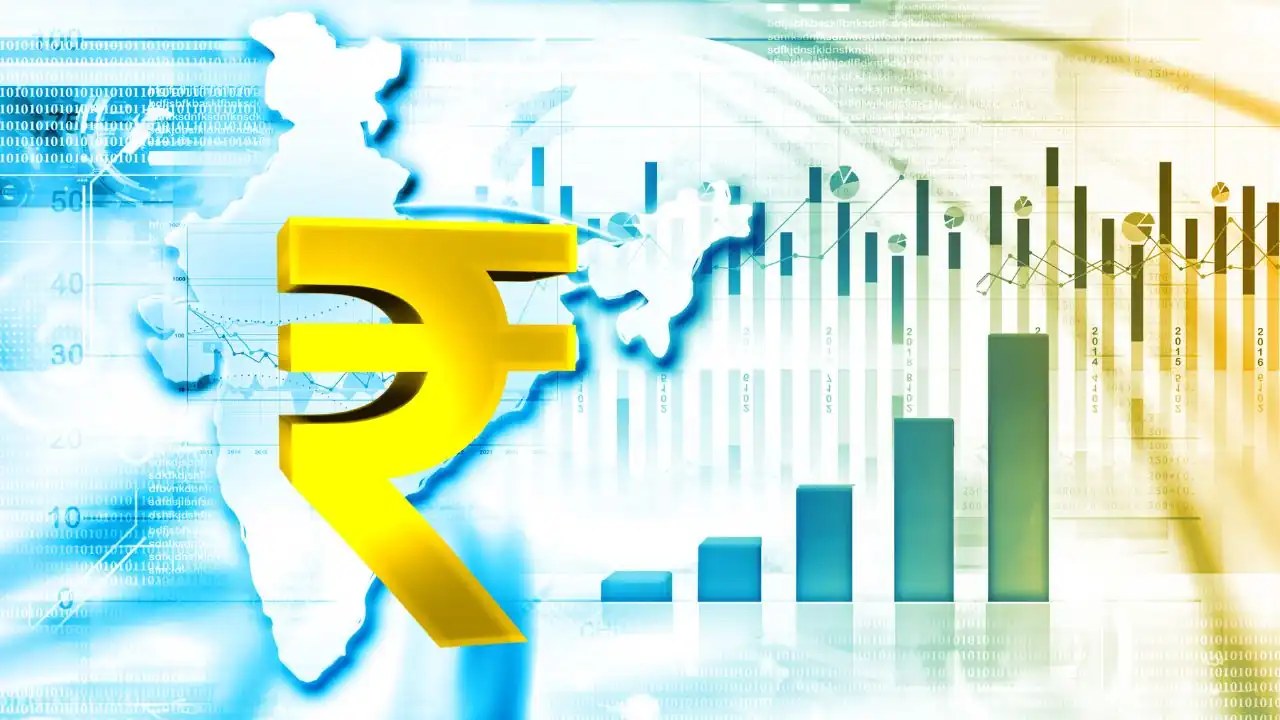India’s journey from independence to becoming a prominent global economic player is a fascinating tale of transformation marked by significant shifts and challenges. From the early days of a planned economy to the current era of global integration, India’s economic evolution reflects both its aspirations and the complexities it has navigated.
The Nehruvian Era: Foundations of Economic Strategy
In the early years following independence in 1947, India adopted a planned economic model inspired by the Soviet Union. The primary focus was on building a self-sufficient economy through heavy industrialization, public sector enterprises, and reducing dependency on imports. This strategy aimed to establish a solid industrial base and promote economic self-reliance.
Key Features of This Era:
- Five-Year Plans: India implemented a series of Five-Year Plans, which were crucial for resource allocation and setting developmental priorities. These plans guided the country’s economic policies and aimed to address various developmental needs.
- Public Sector Dominance: During this period, the government took charge of key industries, including steel, energy, and transportation. The intention was to foster industrial growth and create a robust public sector that could drive economic progress.
- Green Revolution: The Green Revolution of the 1960s brought about significant improvements in agricultural productivity. Through advancements in technology and farming techniques, India achieved increased food production and greater self-sufficiency, which was vital for a country with a large population.
While this approach helped lay the groundwork for industrial development, it also led to several challenges. The focus on state-led initiatives resulted in inefficiencies and bureaucratic hurdles. The economic model faced criticism for stifling private enterprise and slowing down growth.
Economic Stagnation and Reform Era
The economic landscape of India faced considerable stagnation during the 1960s and 1970s. The country experienced low growth rates, high inflation, and balance of payments crises. These issues highlighted the limitations of the planned economy and underscored the need for reform.
The watershed moment came in 1991 when Finance Minister Manmohan Singh introduced a series of economic reforms that would reshape India’s economic trajectory. The key components of these reforms included:
- Liberalisation: One of the central tenets of the 1991 reforms was liberalisation. The government reduced trade barriers, deregulated industries, and encouraged private sector participation. This shift aimed to create a more competitive and open economy.
- Globalisation: The reforms opened up the Indian economy to foreign investment and technology. By integrating with the global economy, India aimed to attract international capital and expertise, which would stimulate growth and development.
- Fiscal Discipline: The government introduced measures to control spending and reduce the fiscal deficit. Fiscal discipline was crucial for stabilizing the economy and fostering investor confidence.
These reforms had a transformative impact on the Indian economy. They unleashed entrepreneurial energy, attracted foreign investment, and boosted economic growth. The information technology (IT) sector, in particular, emerged as a significant driver of growth, positioning India as a global hub for IT services and software development.
India’s Economy in the 21st Century
As India entered the 21st century, the country continued to build on the foundation laid by earlier reforms. The IT boom propelled India onto the global stage, generating substantial employment opportunities and foreign exchange. The country’s economic landscape evolved with new trends and challenges.
Key Trends:
- Demographic Dividend: India’s young and growing population has been a major asset for economic growth. The demographic dividend, characterized by a large working-age population, provides a significant advantage for boosting productivity and consumption.
- Rise of the Middle Class: The expansion of the middle class has fueled increased consumer spending and demand for goods and services. This rising middle class has become a key driver of economic growth and consumption patterns.
- Focus on Infrastructure: Recognizing the importance of infrastructure for sustainable growth, India has made significant investments in transportation, energy, and digital infrastructure. Projects such as highways, railways, and smart cities are aimed at enhancing connectivity and supporting economic activities.
- Make in India Initiative: Launched in 2014, the Make in India initiative aims to boost manufacturing and create jobs. By encouraging domestic and foreign companies to invest in India, the initiative seeks to transform India into a global manufacturing hub.
Ongoing Challenges and Opportunities
Despite the remarkable progress, India faces several ongoing challenges that need to be addressed to sustain growth and ensure equitable development.
- Unemployment: High unemployment, particularly among the youth, remains a concern. While economic growth has created many opportunities, there is a need for targeted policies to address job creation and skills development.
- Inequality: The gap between the rich and poor continues to be a significant issue. Economic growth has not been evenly distributed, and efforts are needed to address income inequality and improve social cohesion.
- Infrastructure Gaps: Although substantial investments have been made, there are still gaps in infrastructure development. Continued focus on enhancing infrastructure is essential for supporting economic activities and improving quality of life.
- Agricultural Productivity: The agriculture sector, while improved by the Green Revolution, still faces challenges. Modernizing agricultural practices and increasing productivity are crucial for boosting farmers’ incomes and ensuring food security.
India’s future economic prospects are promising, with a large market, a skilled workforce, and a spirit of innovation. The country has the potential to become a major global economic powerhouse. However, achieving this potential will require addressing existing challenges, implementing effective policies, and fostering an environment conducive to sustainable growth and development.
